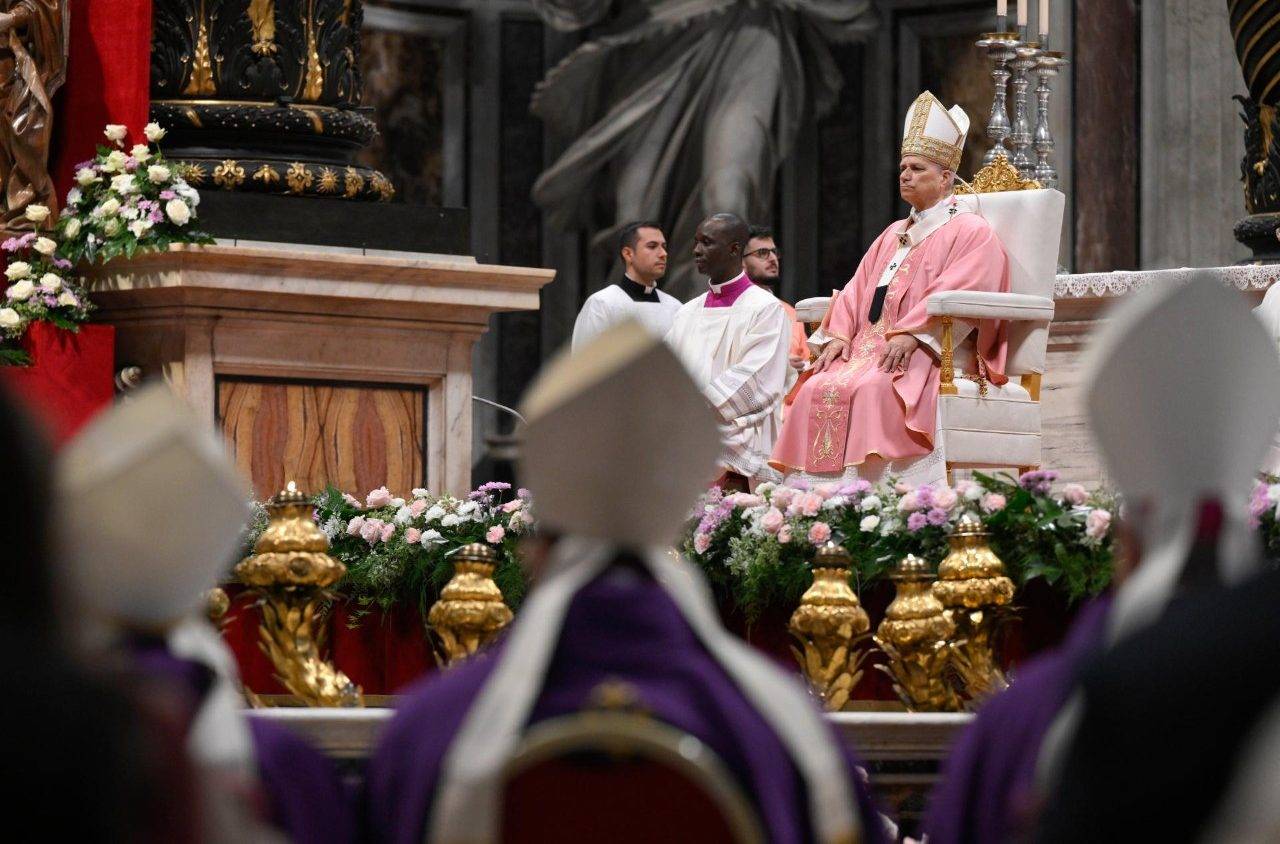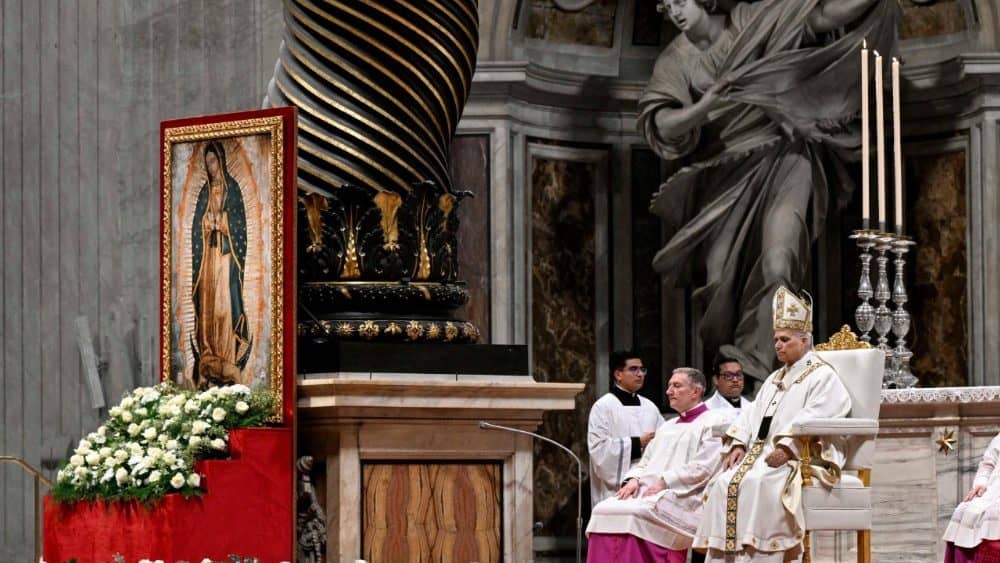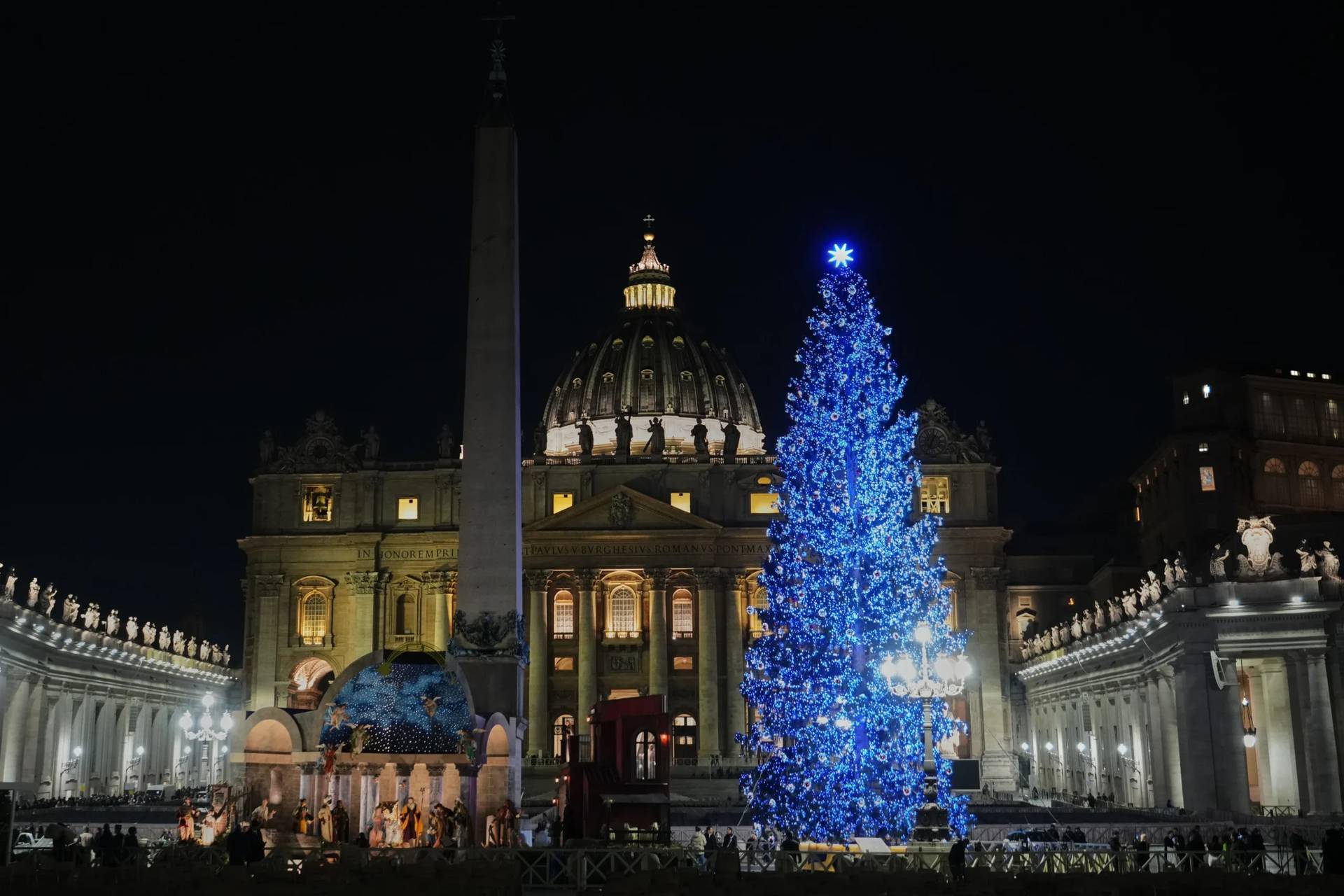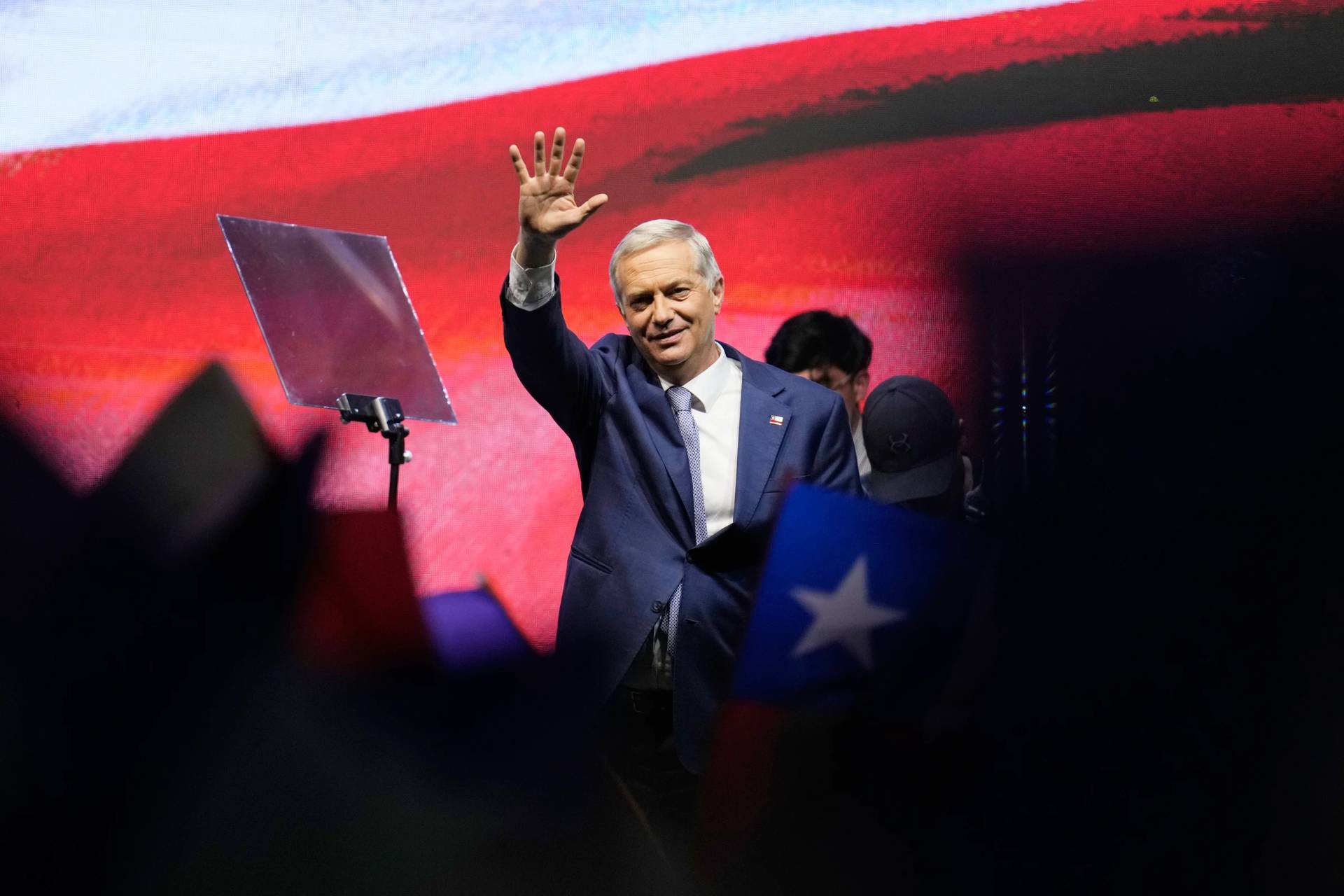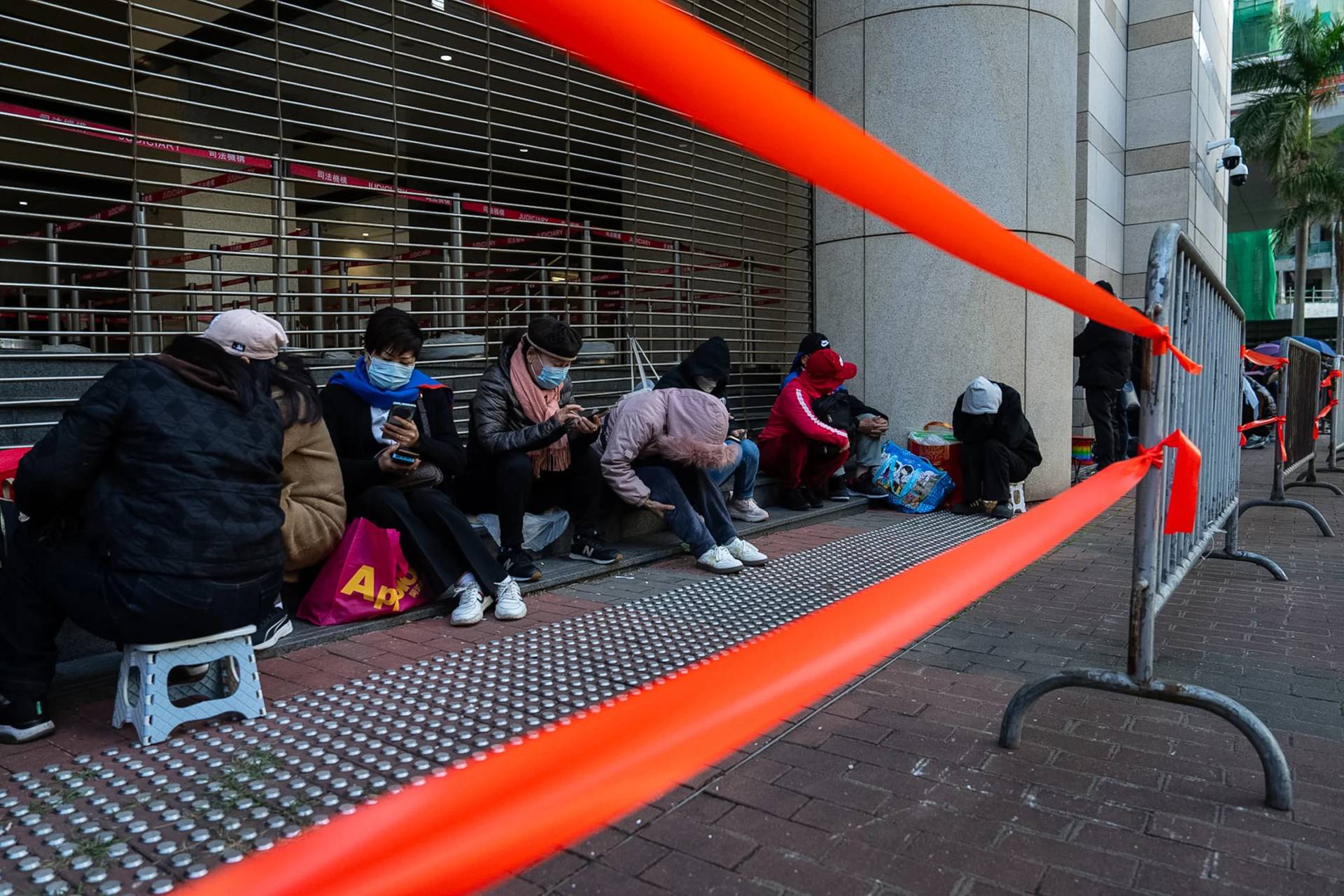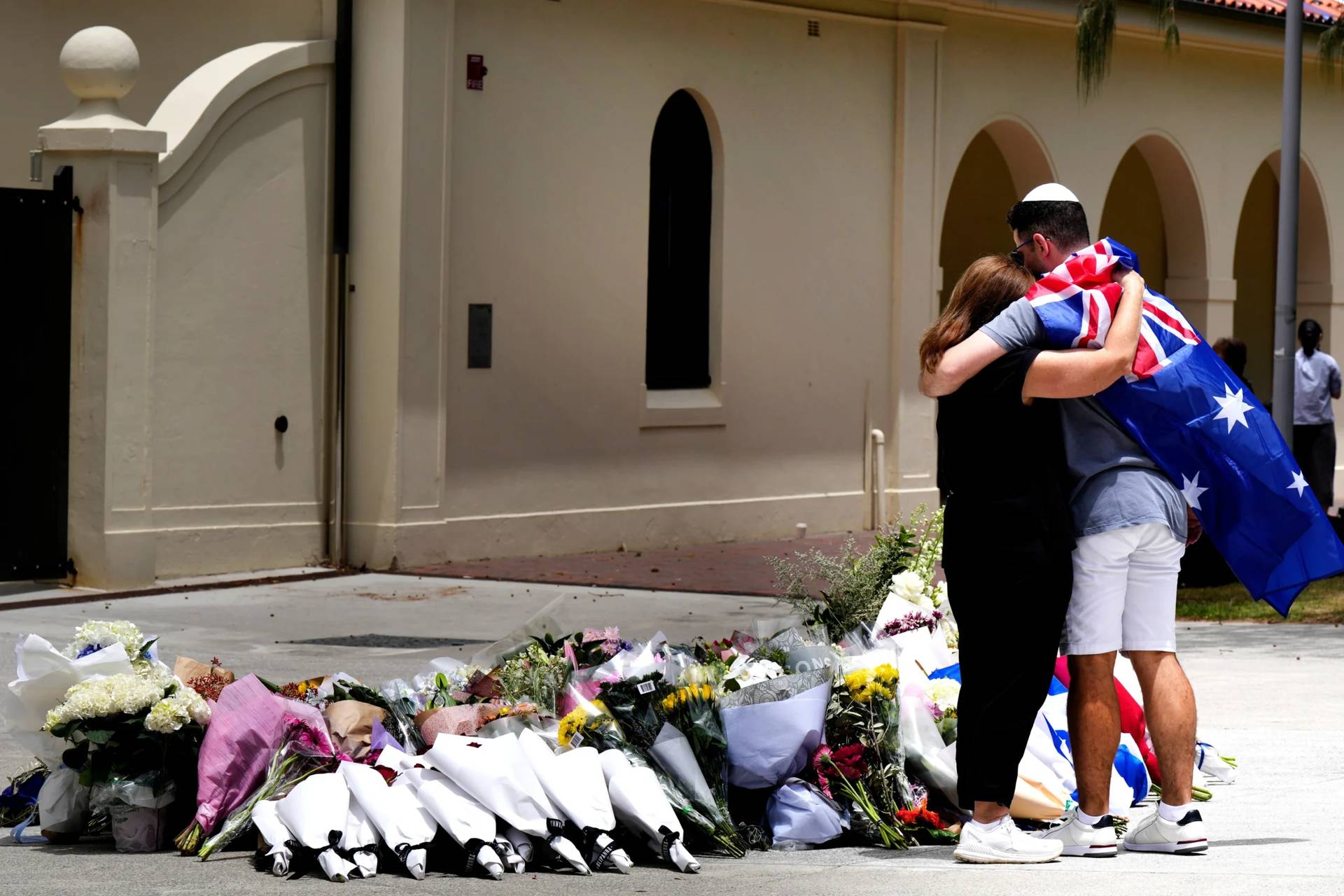MADRID, Spain — The Spanish government’s latest attempt to rid the country of Gen. Francisco Franco’s ghost could backfire if relatives reinter the late dictator’s embalmed body under Madrid’s cathedral.
The Franco family crypt by Almudena Cathedral is centrally located among the Spanish capital’s tourist hotspots. Opponents worry that having the general’s remains there would make Madrid a pilgrimage destination for extreme right groups and others nostalgic for Franco’s authoritarian rule.
The government was aiming for the opposite when it decided earlier this year to have Franco exhumed from his crucifix-topped resting place in the Valley of the Fallen, a self-aggrandizing mausoleum he had built with forced labor as a tribute to “national reconciliation.”
Some 34,000 people, including fighters from both sides of the 1936-39 Spanish Civil War — the one initiated and won by Franco — and unidentified victims of the dictator’s long rule preceded him below ground at the vast monument 30 miles from Madrid. Anonymous mass graves around the country hold at least 114,000 more victims of the war.
The center-left government of Prime Minister Pedro Sanchez put forward a proposal earlier this year to remove what it regards as the inappropriate presence of the dictator’s remains in the western democracy that emerged after he died in 1975.
But Franco’s heirs appear to have reclaimed the upper hand in the long battle over the dictator’s place in Spanish history. Their proposal to have him reburied at the crypt under the cathedral is weakening the government’s resolve and emboldening the defenders of Franco’s 36-year tenure.
“If Franco’s remains end up in the Madrid cathedral, God forbid it, the pilgrimage to see him is going to be tremendous,” Francisco Franco National Foundation President Juan Chicharro told The Associated Press. “You can only reach the Valley of the Fallen by car on a highway and with traffic jams, but to the cathedral you can easily get by subway.”
The government “doesn’t know what they are playing with,” Chicharro added. “The dead should be left to rest in peace.”
While Chicharro’s foundation is committed to preserving Franco’s legacy, a vast majority of Spaniards would prefer to reassess his rule with more objectivity or to close altogether that chapter of their country’s history. During the four decades of Francoism, his regime is thought to have abducted thousands of children, suppressed political dissent and isolated Spain before slowly opening up its economy in the 1960s.
In light of the curve ball thrown by Franco’s heirs, many are questioning how well the government thought through the exhumation idea.
An official in Madrid’s Catholic Archdiocese who spoke anonymously because of the sensitivity of the issue said government officials were told about the cathedral sepulcher the Franco family purchased more than two decades ago for the equivalent of “around 30,000 euros.”
The general’s daughter and son-in-law already rest in the chamber, which has room for “one or even two more bodies,” the church official said.
The entire Almudena crypt, a late 19th century temple conceived as both a burial vault and the cathedral’s foundation, is easily missed by many tourists despite its artistic appeal. Inside the neo-Romanesque structure are 558 Portuguese granite columns and a 13th-century artwork thought to be the oldest representation of the Virgin Mary in Madrid.
The number of curious visitors has increased since the living Francos informed the government of where they planned to put the general’s remains next. On a recent visit, fresh carnations and roses with the yellow and red colors of the Spanish flag decorated the marble slab marking the family tomb, one of 1,500 belonging to church donors.
“The government must be ill-advised because this is ridiculous,” said Paco Artola, a retired Madrid resident who roamed the cavernous crypt looking for the Francos’ slab. “All they are going to achieve is putting him next to where he always wanted to be, at the very center of the power.”
In recent remarks, Spanish cabinet members have dropped the end of the year deadline that was promised to remove Franco from his current grave. And both the government and the Spanish Catholic Church acknowledge they can do little from a legal perspective to keep his body out of the cathedral.
“Naturally, like with any other Christian, the family has the right to bury him wherever they consider appropriate,” Madrid’s archbishop, Cardinal Carlos Osoro, said earlier this month. “This is not a problem of the archbishop or the Church; it’s a question that needs to be resolved by the government and the family.”
The official in charge of the exhumation, Deputy Prime Minister Carmen Calvo, is heading to the Vatican on Monday for talks with the pope’s right hand, State Secretary Pietro Parolin. Asked this week whether she would request the Vatican’s mediation, Calvo said “there were many issues to discuss” in the meeting. The Vatican said it was an “ordinary” meeting with no specified agenda.
Meanwhile, negotiations are underway to persuade Franco’s nine grandchildren to agree to a less conspicuous burial site, in the El Pardo cemetery, where Franco’s wife was buried in 1988.
The Franco Foundation’s Chicharro said Sanchez’s administration has stepped up “pressure” by making “all kinds of promises of dignified treatment and security” for the dictator’s remains.
“I see this pretense as an act of pure and simple revenge, also deeply hurting the feelings of millions of Spaniards,” Chicharro said, warning that his foundation would see any intervention by Catholic hierarchy to thwart the heirs as “treason.”
“I think more than one within the Church would be remorseful,” he said. “They would be cooperating with an attempt to humiliate somebody to whom the Catholic Church in Spain owes its own existence.”







